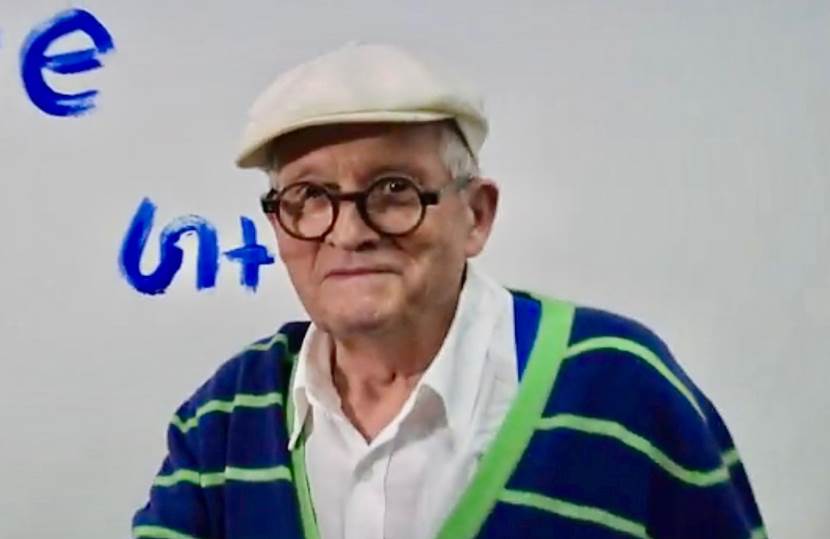English art has a history that dates back to cave paintings during the last Ice Age about 12 millennia ago. This eventually evolved into distinctive prehistoric and Anglo-Saxon art and this sense of distinctiveness remained during the Middle Ages.
Although England can be described as an influential art center during the Middle Ages featuring a strong national character, this didn’t last. That’s mainly because of the English Reformation during the 16th century which wasn’t sympathetic to new emerging art movements.
Renaissance artists in England favored portraiture and nowhere in Europe were so many miniature portraits produced. This gradually evolved into a strong interest in landscape painting which emerged in the early 18th century, about the same time as the formation of the Kingdom of Great Britain in 1707.
In this article, we’ll take a closer look at some of the most famous English artists in history, creative individuals who put the country on the artistic map.
1. Sir Joshua Reynolds
Sir Joshua Reynolds (1723-1792) was a famous English portrait painter of the 18th century who was knighted by George III in 1769. He can be described as one of the most influential figures in the history of English art because he was one of the founders of the Royal Academy in London and the first president of the prestigious art institution as well.
He held onto the English style of portraiture but was also heavily influenced by Italian artists of the Renaissance and the Old Masters who introduced the so-called “Grand Style.” This revolved around idealizing the imperfect, a technique referred to by Reynolds himself as the “Great Style” as opposed to the common “Grand Manner.”

2. J.M.W. Turner
J. M. W. Turner (1775-1851), whose full name was Joseph Mallord William Turner and who was referred to as “William Turner,” was an eccentric artist of the Romantic era. His oeuvre mainly consists of landscapes and maritime paintings which often featured turbulent and violent dramatizations.
This is remarkable because his main interest was architecture. His first oil painting that was exhibited at the Royal Academy was “Fishermen at Sea” (1796) which set the tone for the rest of his career. Equally remarkable is that he lived in squalor during the final years of his life although he left behind a small fortune when he died.
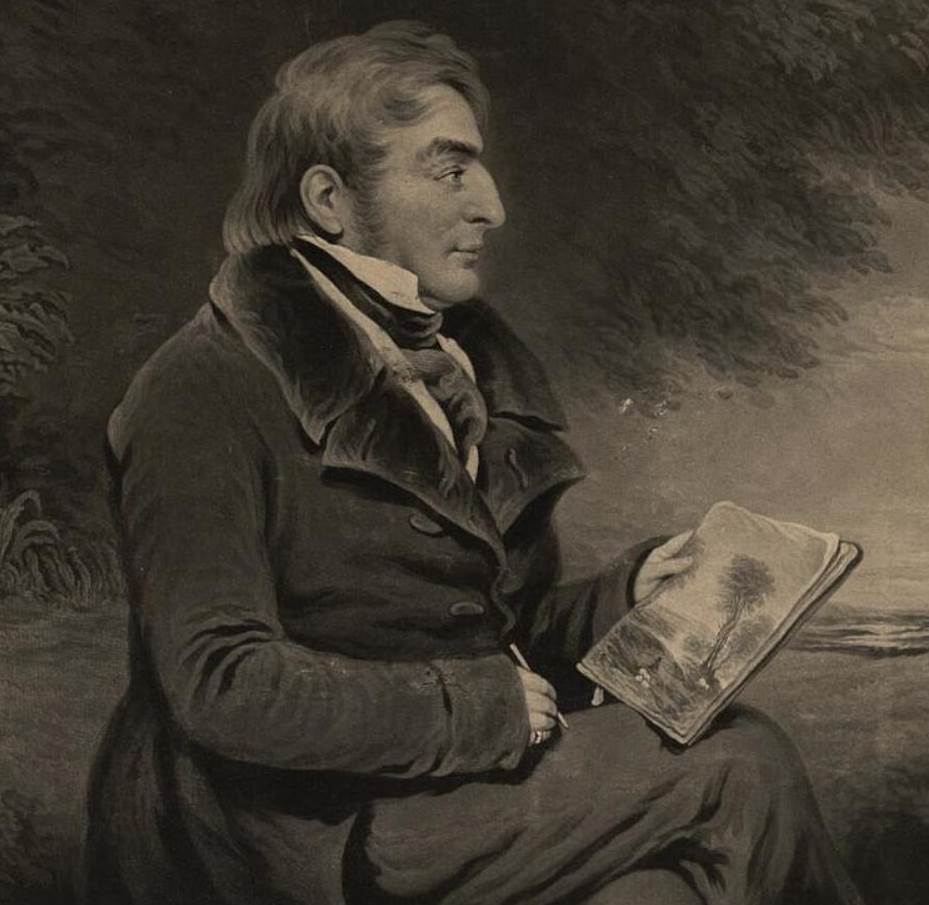
3. William Blake
William Blake (1757-1827) is somewhat of an enigma in the history of English art. He was rather unsuccessful during his lifetime but is now considered to be one of the greatest English artists in history. Blake was a poet, painter, and printmaker who had a serious impact on the artists of the Romantic era.
That’s why he is defined today as a “Pre-Romantic,” somebody who was a pioneer of the art movement that would define the first half of the 19th century. Regardless of this classification, his works are hard to classify themselves, a key characteristic of an individual artist who lived in a world of his own.

4. Thomas Gainsborough
Thomas Gainsborough (1727-1788) was a contemporary and the main rival of Sir Joshua Reynolds. He was a portrait and landscape painter, draughtsman, and printmaker whose light palette and theatrical style were reminiscent of those of the great Rococo artists of his time.
He was one of the most prolific portrait painters of his time but favored his landscape paintings. He is considered to be one of the pioneers of English landscape painters and inspired multiple generations of English artists who followed him with his easy brushstrokes and remarkable color palette.

5. John Constable
John Constable (1776-1837) is yet another famous English landscape painter who revolutionized the genre in his way. He predominantly painted the area of Denham Vale which is situated on the Essex-Suffolk border in southeast England, the artist’s home region.
The famous paintings of this renowned Romantic artist became so popular that this region is also referred to as “Constable Country” today. This is remarkable because his work never reached the level of acclaim they receive today so he remained unsuccessful for most of his life. He did, however, make it to the Royal Academy after being accepted at the age of 52.
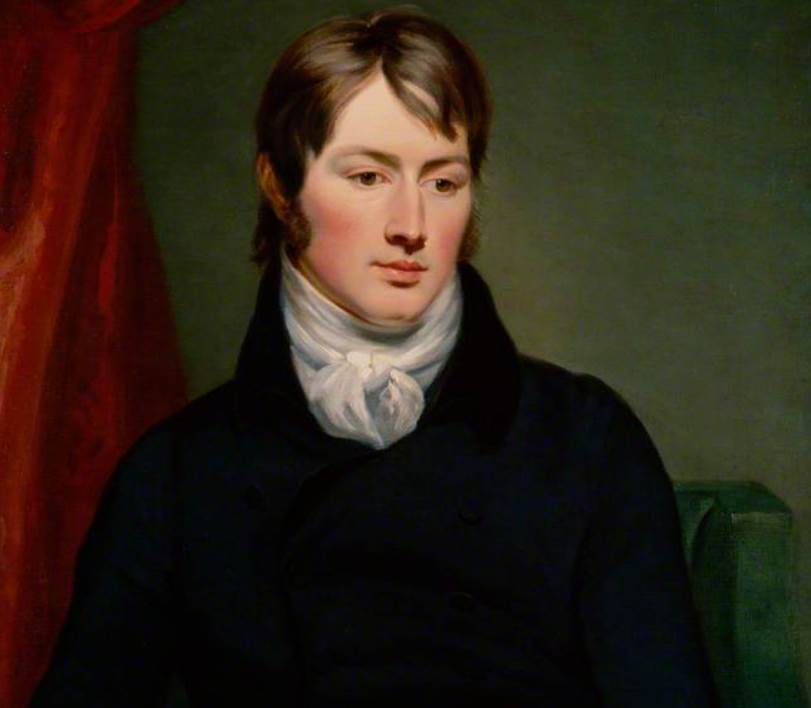
6. John William Godward
John William Godward (1861-1922) was a Neoclassical artist who started his career during the Victorian era. This was a period when there was still space for academic art, but this was gradually shifting with the rise of modern art at the turn of the 20th century.
His Neoclassical paintings gradually fell out of favor and he moved to Italy between 1912 and 1921. He committed suicide a year after returning to England, most probably because his art was completely out of favor with the general public. Godward’s paintings mostly depict women in Classical settings and are of the highest quality.
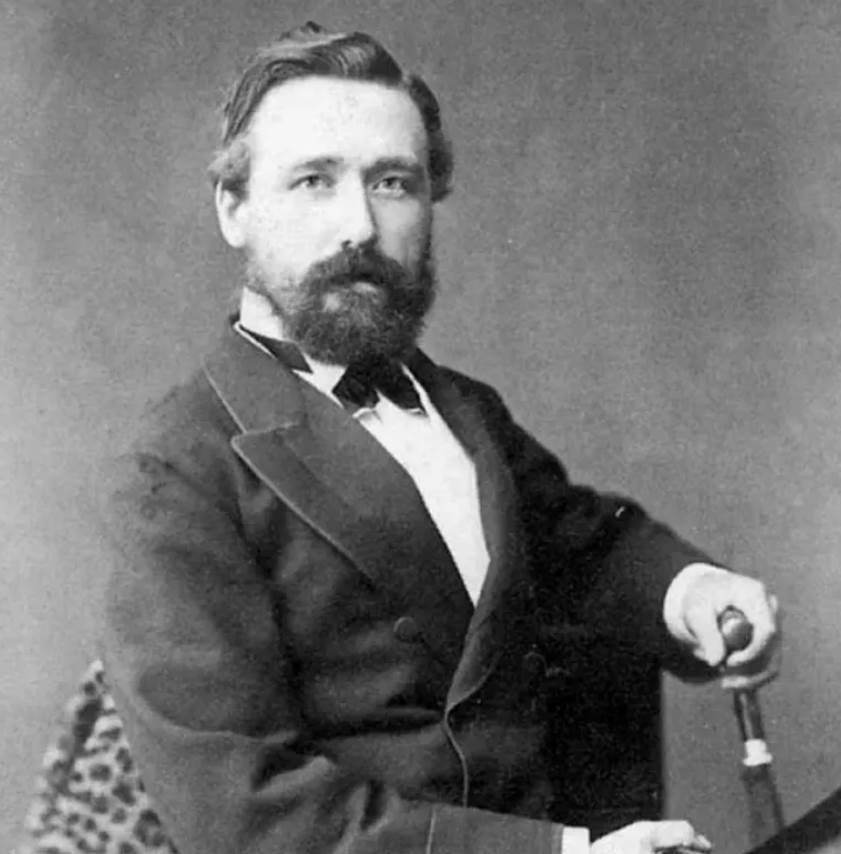
7. Lucian Freud
Lucian Freud (1922-2011) was born in Berlin to Jewish parents and the family moved to England to escape the Nazis in 1933. If his name sounds familiar, it’s because the painter and draughtsman was the grandson of Sigmund Freud (1856-1939), the man credited as the founder of psychoanalysis.
Although he was initially influenced by the Surrealist artists, he gradually developed his distinctive style of figurative art which featured glimpses of realism. His works of live models often included friends and family because he was considered to be a very private and eccentric person. Regardless, a work called “The Brigadier” sold for $34.89 million, 7 years before the artist passed away.
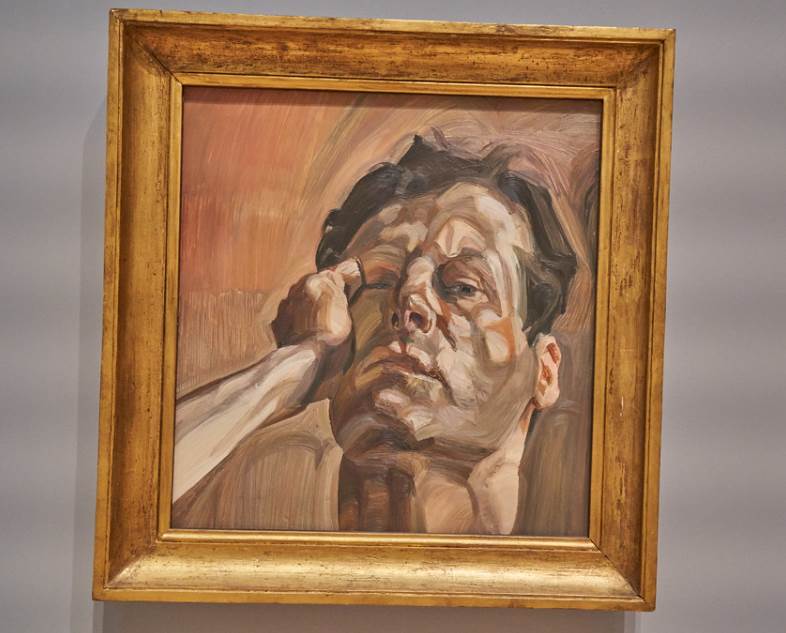
8. Bridget Riley
Bridget Riley (born in 1931) is one of the most famous Op Art artists, a form of art that as the name suggests involves optical illusions. This makes it all the more remarkable that her biggest influence is one of the greatest French artists and Post Impressionists George Seurat (1859-1891).
She started painting black and white paintings which evolved into singular paintings featuring multiple colors. One of her most famous artworks is an enormous mural that decorates St Mary’s Hospital in London. Another famous work was completed between 2017 and 2019 and can be found at the Chinati Foundation in Marfa, Texas

9. David Hockney
David Hockney (born in 1937) is one of the most versatile English artists in history as he’s a painter, draftsman, printmaker, stage designer, and photographer. He was one of the leading members of the Pop art movement that emerged during the 1960s in the United Kingdom.
Hockney is another artist whose works sold for astounding amounts while he was still alive. One work called “Portrait of an Artist” sold for an incredible $90 million (£70 million) at an auction at Christie’s in 2018. This was the highest price ever paid for a work of a living artist in an auction, quite amazing indeed.
